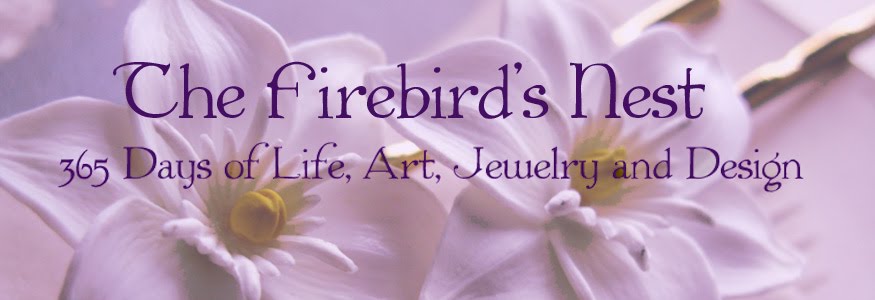

A week ago, we took a trip to Boston, MA. We fell in love with the city, trying hard to cram as much as we could into the three or four days that we had for visiting. On the first evening there, we visited two historic cemeteries, and I got a look at an amazing source of 17th and 18th century symbolism-tombstones.

Morbid? well, from a modern perspective it might be seen to be morbid, but to the people of those times, it was a simple fact of life. Death was common, up close and personal since it occurred at home, and often sudden. Puritan beliefs at the time discouraged art for its own sake, and frowned on expression outside the "safety" of accepted ideas, which no doubt had an impact on how people grieved and expressed themselves over the loss of a loved one.

Stone carvers used a wide variety of symbols which had meaning for the people of the 17th and 18th centuries, acting as a kind of "book" or visual communication with mourners and visitors. The idea of art serving in this way is something I found fascinating. The details are amazing, and on some, the whole available surface is carved in intricate patterns, symbols, and florals. Such careful attention to detail must have taken an incredible amount of time.
So I wanted to share these images of the stone cutters' art as I think about how we communicate as artists, and what symbols speak to our viewers...
The death's head was common in the 17th century but its use began to wane in the 18th. It reminded visitors that death would come for all, and that mortality was man's earthly lot- ie, "the wages of (original) sin are death." Angels and cherubs also were common, ranging from the sad to the stern, and reminded visitors of their role as conveyors of souls to heaven. Depictions of hourglasses (in the hand of Father Time in the 3rd picture), urns and willows ( borrowed from the classical Greeks' depictions of urns holding the souls of the departed), birds, ivy, and dozens of others spoke a language to viewers that they understood far better than we do today. Each symbol had a specific meaning, and was commonly understood.
I can see some journaling for me coming out of this unexpected look at a different kind of communication, as I play with the idea of the visual symbols that appear both in my own art and in my jewelry designs...




